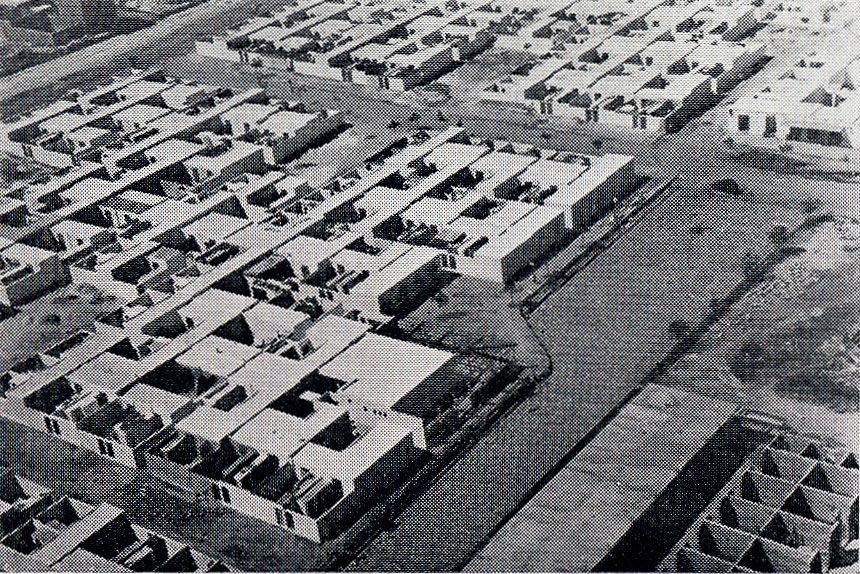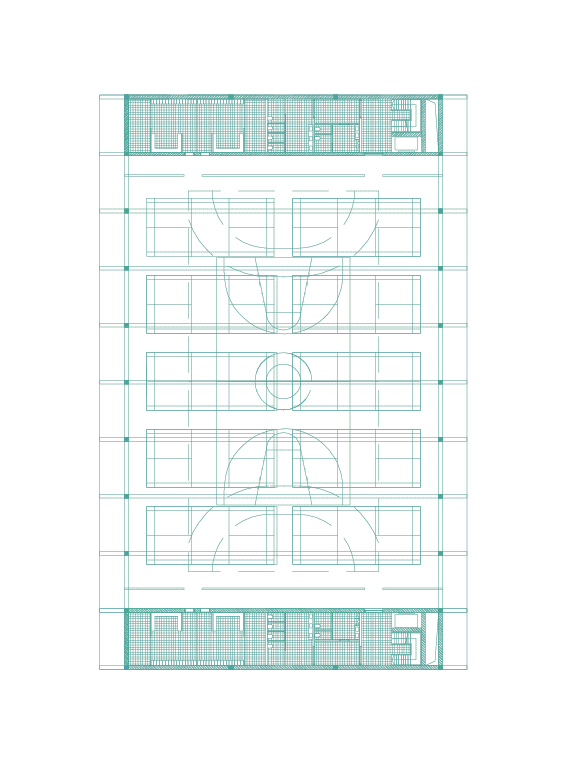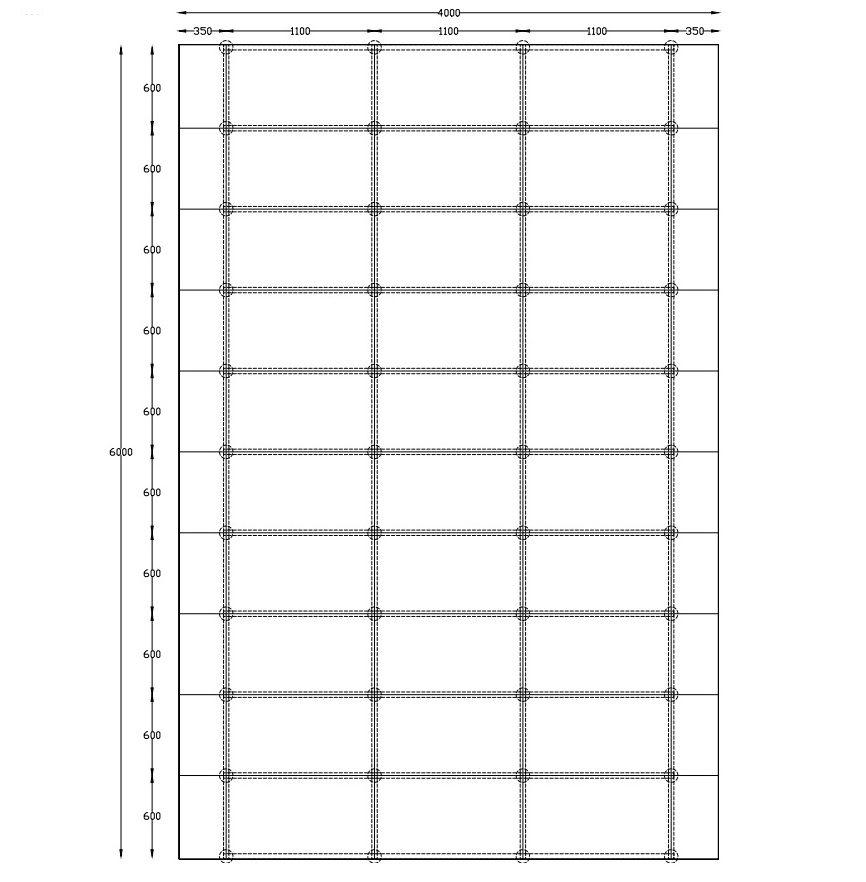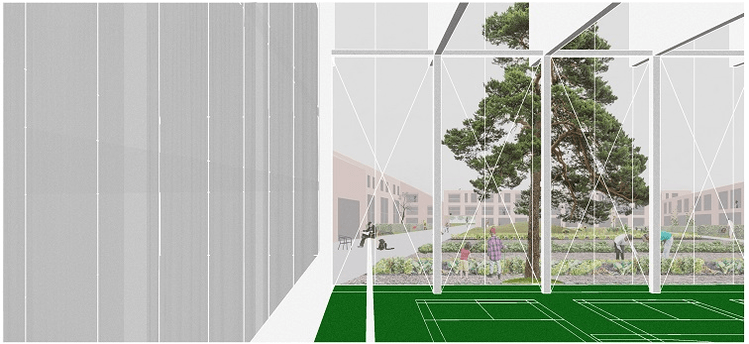Prix Godecharle
was founded in 1871 to support young Belgian sculptors, artists and architects. The architects’ first laureate was Victor Horta, later followed by Renaat Braem, Paul Robbrecht, Christian Kieckens and Peter Swinnen.
In 2017 we were invited as one of the finalists to work out a project in seclusion together with three other architects, four sculptors and four painters over three days regarding the theme ‘Palimpsest.’
Nowadays, sustainability, conservation of green space and reuse of our existing built-up environment are much-discussed topics. Now that the city’s expansion is being discouraged, there is logically more attention for inclusion, reuse and re-destination. Society is becoming more aware of the tremendous ecological cost of building and building materials. Numerous strategies were developed to try to reduce these costs. Most of these tools intent to stimulate and assess environmental building materials and sustainable building (IFD building, VIBE, Breeam, ..)
These methods’ emphasis is mostly on technical aspects and not on architectural design, meaning the building’s structure and spaces’ conception and layout. Nevertheless, the design has a crucial influence on the lifespan of a building. The longer a building stays in use, the more the initial ecological cost is compensated. Well, a thought-out design which keeps this in mind is thus by definition sustainable.

Learning from Ecochard’s Casablanca
Michel Ecochard, a French Architect and planner, played a significant role in Casa Blanca’s urban planning between 1946 and 1952. Ecochard structured the urban planning on a grid that allowed the installation of different housing units, open and closed spaces, necessary infrastructures, roads, sewers and water distribution rationally.

While Ecochard’s grid system is still omnipresent in Casablanca, the original patio houses’ architecture has been completely altered. New constructions were added, and the housing units’ structure has been radically transformed to fit new families needs and speculation. However, the grid itself shows a resilient character, still working as a framework underneath the city’s developing.
Inspired by Ecochard’s urban model we wanted to explore an architectural framework that can support major shifts in program over a long periode of time.

The design concerns a fictional plot of 40m x 60m. A structure was implemented on a 6 x 11m grid. The foundation is located at the intersections of the grid. This is calculated to take on the extra weight and constructed so that the floors can be rearranged. Within the grid, it is possible to plant trees and other greenery. Therefore it also deliberately chose not to build any underground constructions. Along the edges of the plot, a strip of 3 meters is kept free. This allows the building to have a limited cantilever on both sides and gives more freedom to reconfigure the facade.

Five scenarios were worked out. The starting point is a sports hall. The sports fields are situated in the centre of the building. The additional functions are placed on the sides. In the 2nd scenario, the building is transformed into a parking structure. The existing structure is filled with walls and floors. In the 3rd scenario, the building is shortened one module and reconverted to apartments. The cleared strip of land along the back is turned into a communal garden. The fourth scenario assumes a severe drop in density. The building volume is reduced to create ground-bound houses with private gardens. In the fifth scenario, the building block evolves into a hybrid structure where living is combined with a commercial function on the ground floor and publicly accessible roof.
The result is a building that is open to changes. A structure as a generic system that leaves enough room for added value and poetry. A building as a palimpsest, where the necessary parts are taken away to rewrite its story. A continuous process where new layers are added on top of each other. Each layer tells a new story. Each layer leaves an invisible print—a building with long life and a rich ‘hidden’ history.
